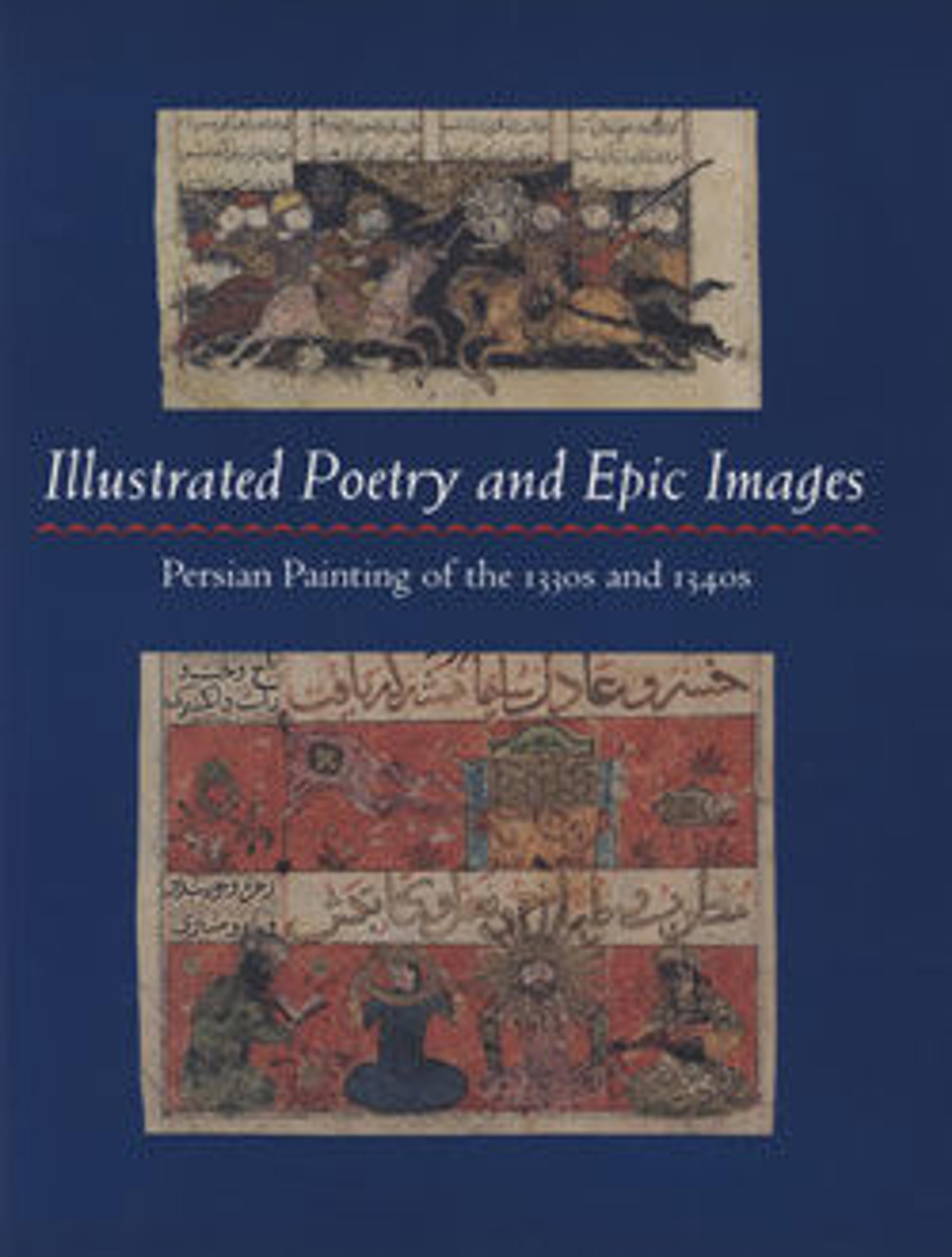"Bahram Gur Slays a Dragon", Folio from a Shahnama (Book of Kings)
While out hunting, Bahram Gur encountered an awesome dragon. He shot two arrows into it and cut it open with his sword. The shah was horrified to find a dead youth inside it. Half- blinded by his grief for the youth and by the dragon's venom, Bahram pulled the body out of the dragon. In spite of the patch over the center of the picture, the scene is quite clear. The shah's horse appears stiffly-even crudely-drawn, but the foliage of the tree on the left and the stalwart determination expressed by the figure of Bahram are well executed.
Artwork Details
- Title:"Bahram Gur Slays a Dragon", Folio from a Shahnama (Book of Kings)
- Author:Abu'l Qasim Firdausi (Iranian, Paj ca. 940/41–1020 Tus)
- Date:ca. 1330–40
- Geography:Attributed to Iran, probably Isfahan
- Medium:Ink, opaque watercolor, gold, and silver on paper
- Dimensions:Page:
H. 8 in. (20.3 cm)
W. 5 1/4 in. (13.3 cm)
Painting:
H. 1 5/8 in. (4.1 cm)
W. 4 1/4 in. (10.8 cm) - Classification:Codices
- Credit Line:Bequest of Monroe C. Gutman, 1974
- Object Number:1974.290.36
- Curatorial Department: Islamic Art
More Artwork
Research Resources
The Met provides unparalleled resources for research and welcomes an international community of students and scholars. The Met's Open Access API is where creators and researchers can connect to the The Met collection. Open Access data and public domain images are available for unrestricted commercial and noncommercial use without permission or fee.
To request images under copyright and other restrictions, please use this Image Request form.
Feedback
We continue to research and examine historical and cultural context for objects in The Met collection. If you have comments or questions about this object record, please contact us using the form below. The Museum looks forward to receiving your comments.
